Essential Documents Needed to Export Parts to Europe

In this comprehensive guide, we'll walk you through the essential documents required for exporting parts to Europe. Understanding the intricacies of international trade documentation is crucial for ensuring smooth and compliant exports.
Commercial Invoice


The Commercial Invoice is the key document detailing the transaction between the exporter and importer. It provides:
- A clear description of the goods
- Value of the products
- Terms of sale (e.g., INCOTERMS® 2020)
- Information about the buyer and seller
- Payment terms
📝 Note: Ensure that your commercial invoice is detailed and accurate. Inaccuracies can lead to customs delays or fines.
Packing List


The Packing List complements the Commercial Invoice by:
- Listing contents of each package
- Specifying weight and dimensions
- Providing instructions for handling the goods
Bill of Lading or Air Waybill
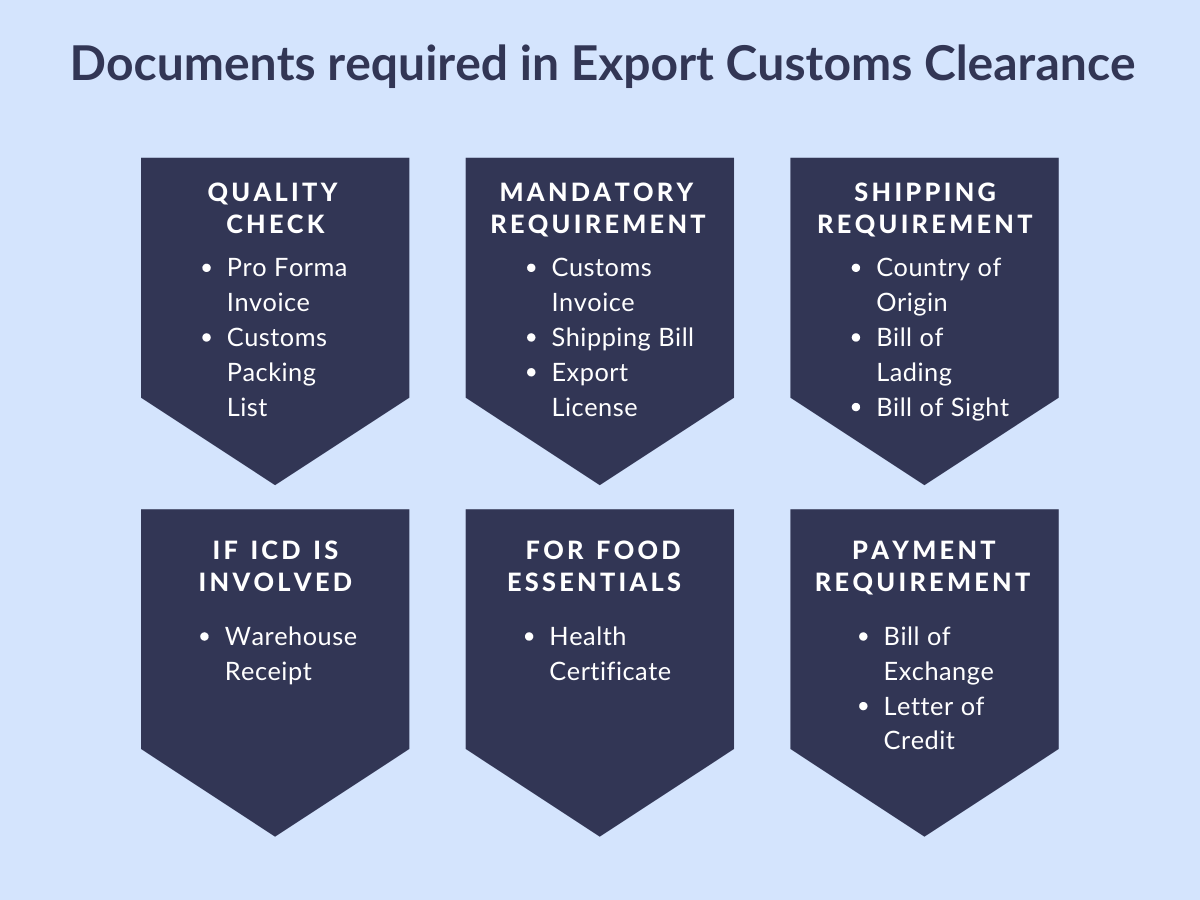

The Bill of Lading (for sea shipments) or Air Waybill (for air shipments) serves as:
- Receipt of goods
- A contract for transport
- Title document (for negotiable bills of lading)
Certificate of Origin
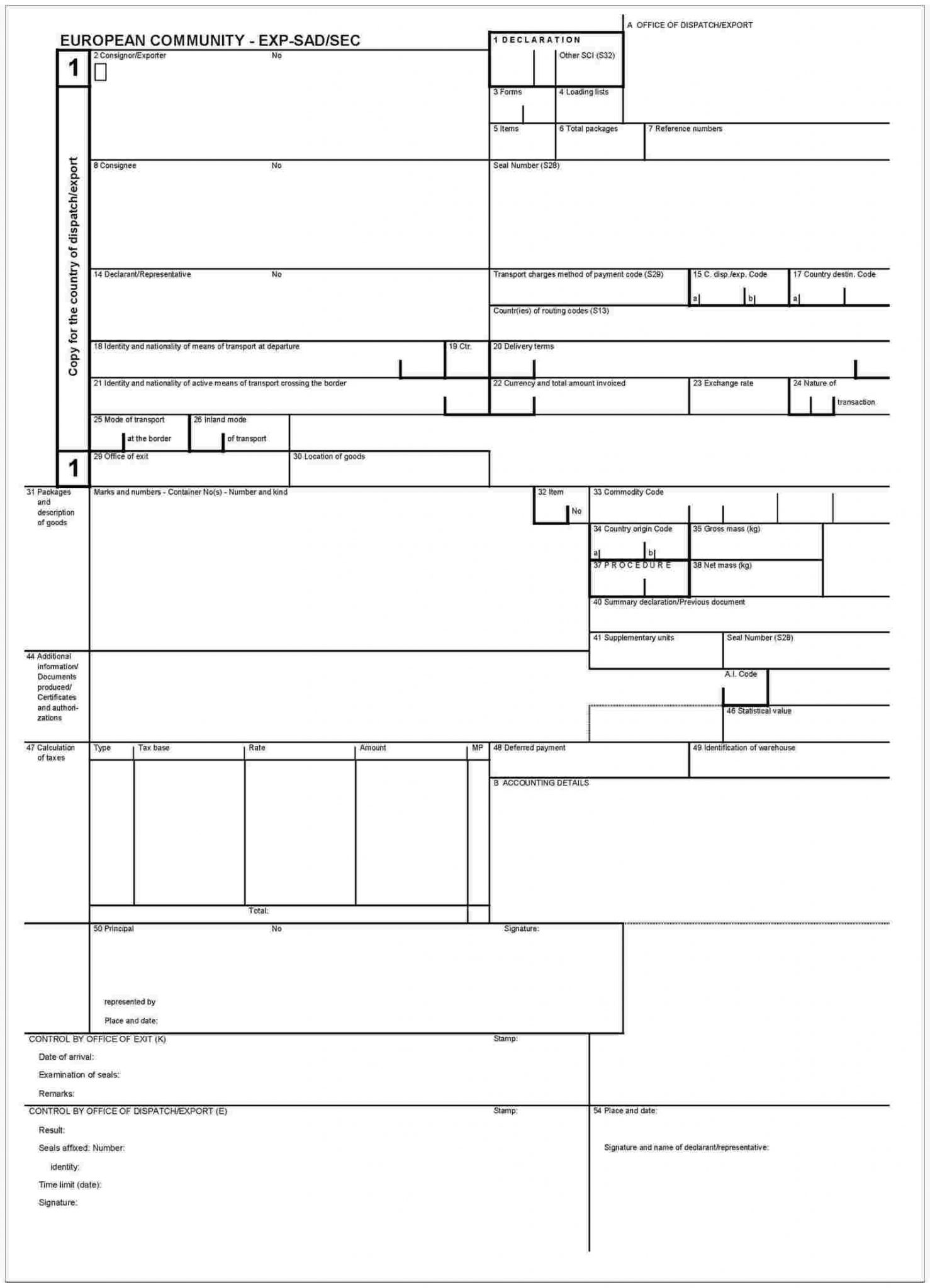

A Certificate of Origin verifies:
- Where the goods were manufactured
- Potential eligibility for reduced tariffs under trade agreements
Export Licenses and Permits


Some parts may require:
- Specific export licenses or permits
- Compliance with import restrictions in the destination country
European Union Compliance Documents
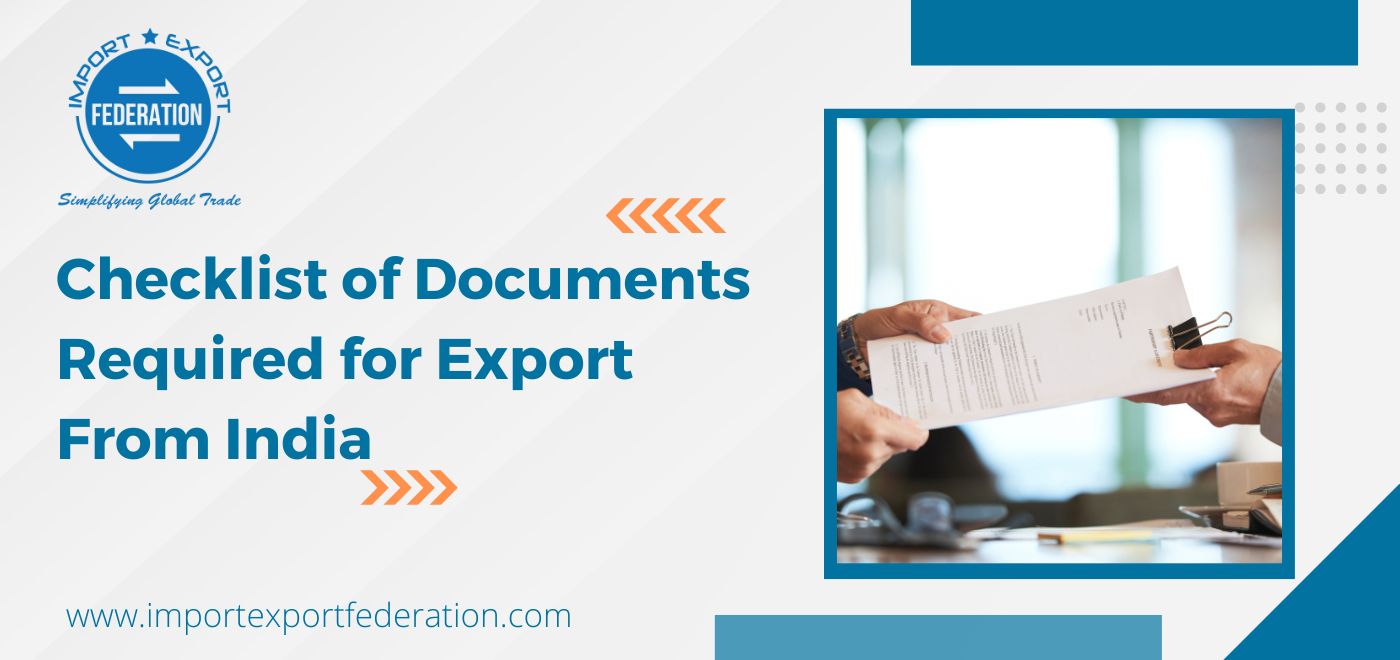

The European Union has specific compliance requirements:
- CE Marking for certain product categories
- Declarations of Conformity
- Compliance with REACH regulations (Registration, Evaluation, Authorisation, and Restriction of Chemicals)
Additional Documents
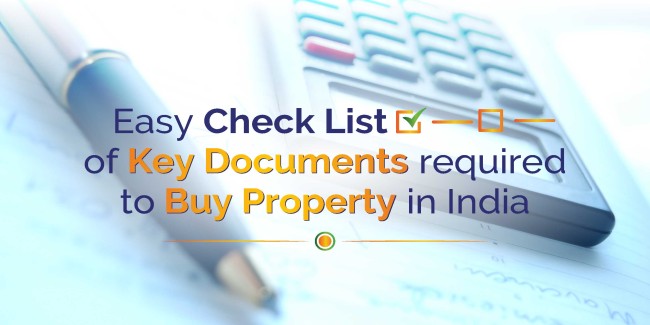
While not always necessary, these documents might be required:
- Insurance Certificate
- ATA Carnet (for temporary import/export)
- Customs Bonds
In summary, ensuring you have the correct documentation is crucial for exporting parts to Europe. From the Commercial Invoice to ensuring compliance with EU regulations, each document plays a pivotal role in customs clearance and facilitating international trade. Understanding the purpose and importance of each document helps businesses prevent delays, reduce costs, and maintain compliance with international trade laws.
What is the difference between a Bill of Lading and an Air Waybill?
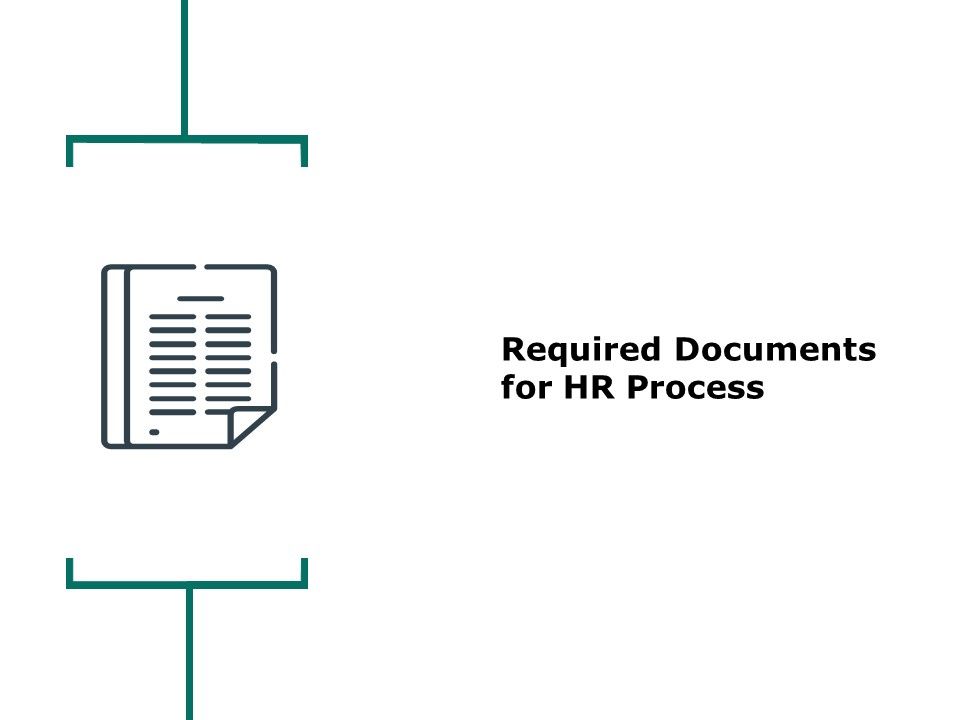
+
The Bill of Lading is used for sea freight, serving as a receipt of goods, a contract of carriage, and a document of title. An Air Waybill, used for air transport, functions similarly but does not serve as a document of title.
Do I need a separate certificate for each type of part I export?

+
Not necessarily. If your parts fall under a general category or are subject to the same regulations, a single certificate might suffice. However, compliance with specific standards or certifications might require separate documentation for each type or batch of parts.
How long does it take to get an Export License?
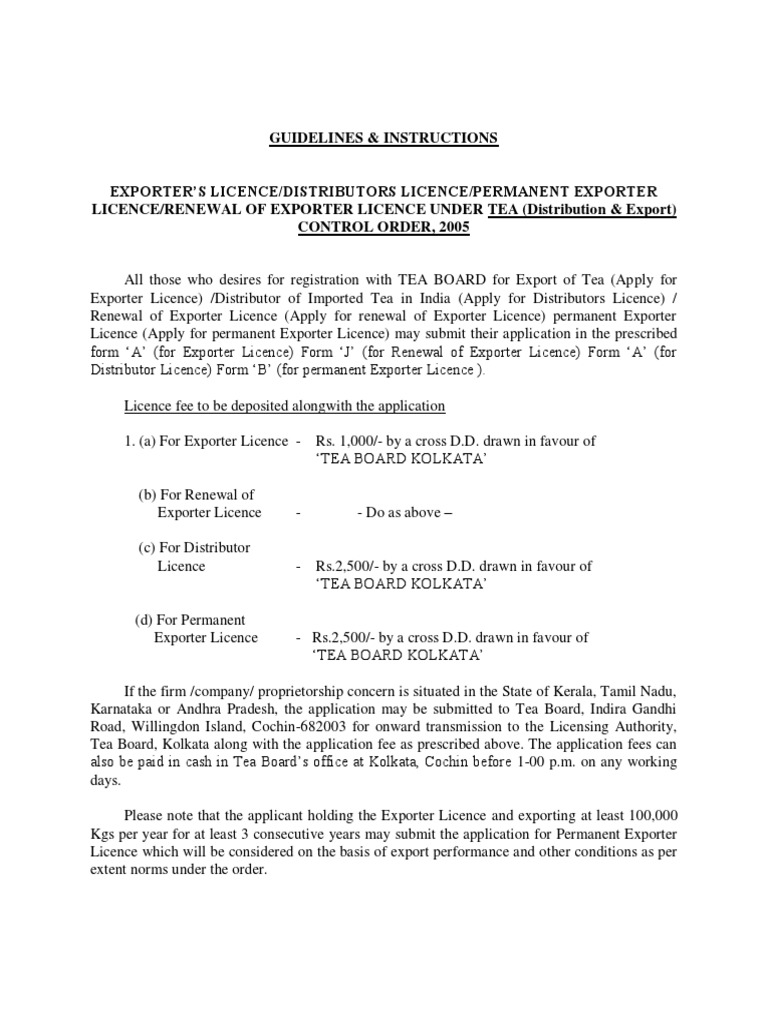
+
The processing time for an Export License can vary significantly. It depends on the country’s regulations, the type of goods, and whether there are any complications or special conditions. In some cases, it can take anywhere from a few days to several weeks.